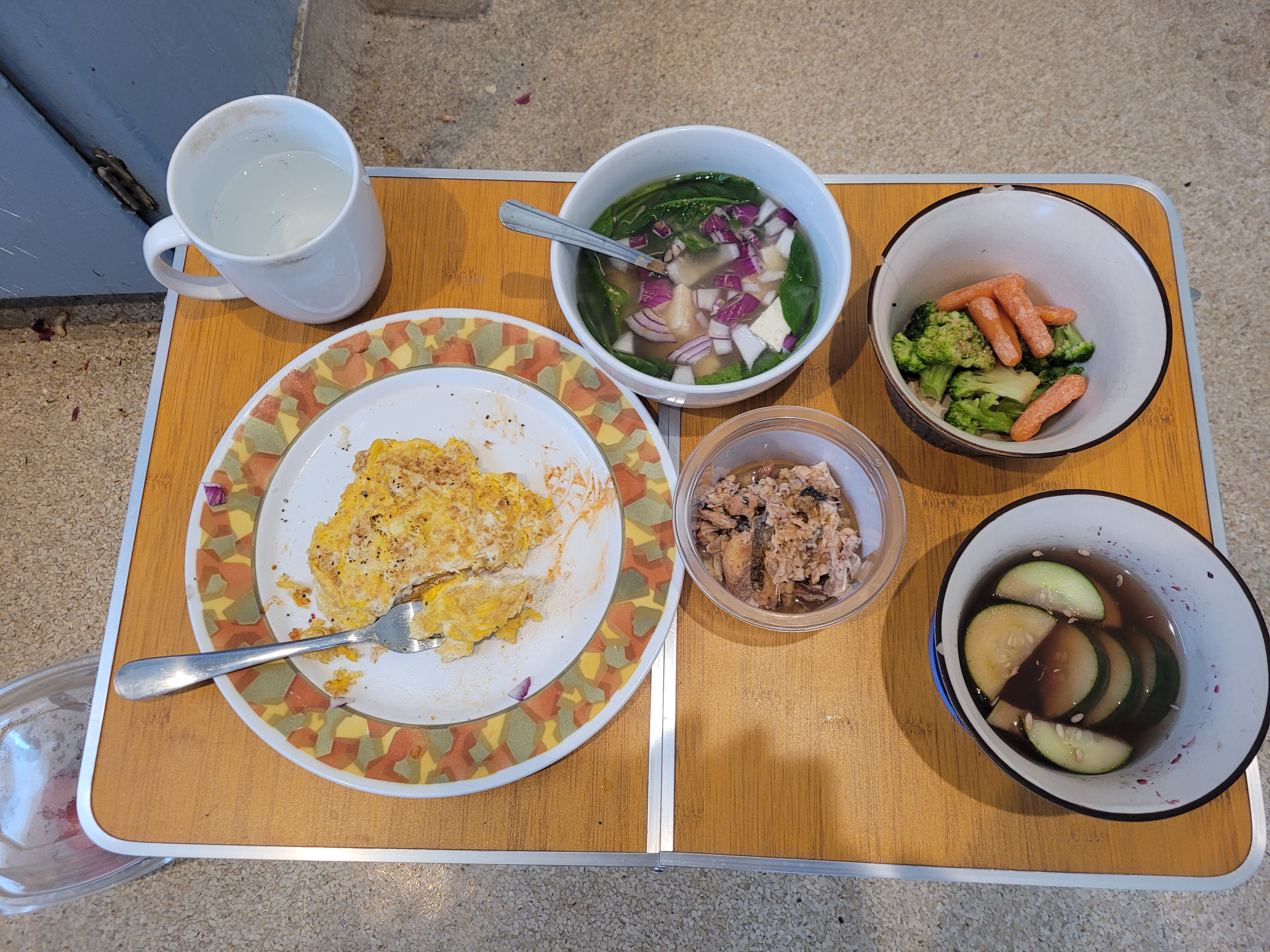When I started living alone and cooking, I mostly figured things out on my own. My parents hadn't taught me much, and I didn't consult cookbooks much. So, when it came to steak and chops, I cooked them in the most obvious (and lazy) way: take them out of a fridge, plop them on a dry skillet, cook on medium heat, flipping frequently. I don't recall all the details, I might have done high-then-medium heat rather than all-medium, but certainly not all-high; too smoky! I also don't recall exactly how my meat turned out, just that I was happy with it -- not that anyone had taught me to be pickier about my steak than "medium rare".
Then I saw people talking about steak, online or in Youtube videos. Room temperature and salted, high heat in an oiled skillet, flipped only once. Or some reverse sear technique, or sous vide... I did try the "traditional restaurant" way, and I guess got decent results, but not obviously better or more reliable. And I guess I didn't do the real restaurant way of finishing it in an oven.
Enter this video from America's Test Kitchen, where Lan Lam talks about the problem of cooking steak: you want a browned surface, medium rare interior, and -- the tricky part -- a sub-surface that is not a well-done gray. The traditional way isn't good at that third part. Sous vide + sear is, but takes a long time. Reverse sear is also good, and faster, but still slow and taking an oven.
And then she describes "cold-sear": cold in a cold dry non-stick skillet, high heat for 2 minutes each side, then medium heat for 2 minutes each side until done. That's it.
Huh. Sounds familiar, I thought. Very familiar.
The ideas are that you build up the browning over time, and that the frequent flip allows sub-surface heat to work inward or dissipate out the top, lowering the chance of overcooking.
So, I got some $14/lb ribeye from Trader Joe's, and cooked it. The one clear change from my old method was that I did pat down both sides with a paper towel, as Lam advised; I didn't even think of that in the old days. One-to-two changes from Lam's method: I have no idea if my skillet is still non-stick (I think it's "Tramontino porcelain enamel nonstick", but I got it off the street, and I've been abusing it for another couple years), and I decided on the fly that my heat was very high and I would be doing one-minute flips, and cranked down to medium-low heat after 3 minutes (1-1-1) instead of 4 (2-2).
Did it work? I thought so: dark brown surface, medium rare interior, hardly any gray band, tasty to eat. But you can judge for yourself. What do you think?

